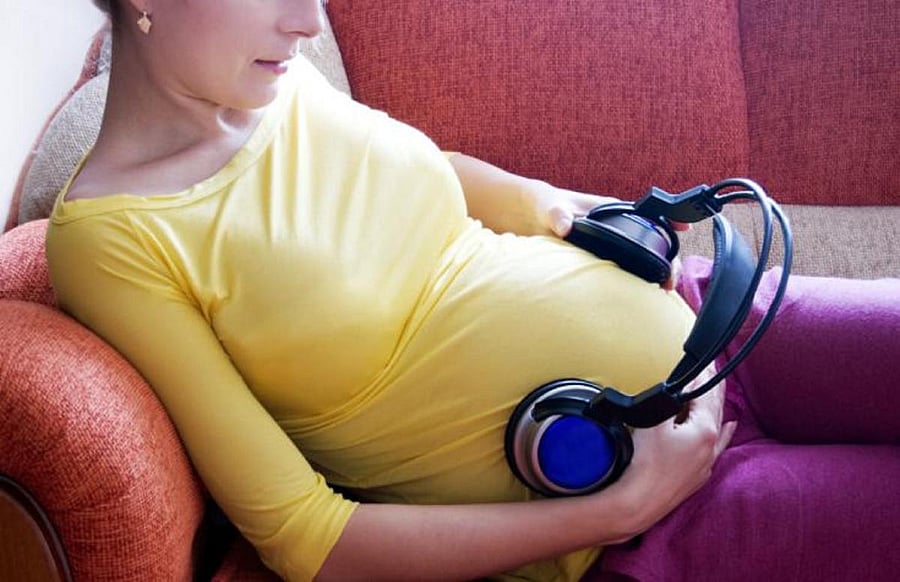Eleven-year-old Ankit is diagnosed with autism and showed self-injurious and agitated disruptive behaviour. After six music interventions of listening to fast-paced classical music, he showed a decrease in baseline anxiety-related behaviour patterns. After two years, he now eagerly looks forward to music therapy sessions.
Music therapy is a process wherein music is used to resolve behavioural issues. Whether the patient needs help socially, cognitively, physically, emotionally, or developmentally, music can help achieve the required goal. It has been proved that the foetus responds to sound from the 24-26th week of pregnancy. While sounds are greatly altered as they pass from the outside world to the ear of the foetus, there is more than sufficient stimulation to be heard in the womb. Specific sounds heard by the foetus in the womb provide a strong foundation for later learning and behaviour.
The cognitive neuroscience of music shows that when making music, the sensory cortex, auditory cortex, hippocampus, visual cortex, cerebellum, amygdala, prefrontal cortex, and motor cortex are all firing at once and this relates to the multi-sensory experience of making music because each of these sensory systems is tied into a specific part of the brain.
Children who undergo musical training have better verbal memory, second language pronunciation accuracy, reading ability and executive functions. Learning to play an instrument as a child may even predict academic performance and IQ in young adulthood. One of the most significant benefits today is the positive potential of classical music, especially towards children with special needs.
Autism
Music can be an engaging and attractive intervention for children with autism. Research has shown that 80% to 90% of individuals with autism respond positively to music as a motivator. The application of music can be used to enhance attending behaviours and reduce distractibility, and to engage the child. Autistic children, though deficient in language, are generally able to process music as well as children their age who do not suffer from a learning disability. This often makes music of special interest to autistic child.
Down syndrome
Down syndrome is an autosomal abnormality caused by an additional chromosome 21. Children with Down syndrome have specific physical abnormalities from birth, and may have heart defects, visual impairments, and immune system deficiencies. One of the most important therapies for Down syndrome children is auditory therapy. Down syndrome children have great difficulty in auditory vocal processing. They have trouble learning to coordinate the movements of the lips and tongue that are required for speech. Music is a key element of the auditory therapy needed by Down syndrome children. Most music therapists use classical music in auditory therapy because of how it stimulates the brain and calms the nervous system at the same time.
Cerebral palsy
Here, brain damage is caused by brain injury or abnormal development of the brain that occurs while a child's brain is still developing - before birth, during birth, or immediately after. Cerebral palsy affects body movement, muscle control, muscle coordination, muscle tone, reflex, posture and balance. Research has shown that music therapy helps with alertness because the beat or rhythm of the music helps a child build connections within the brain that help them concentrate and focus.
Learning disabilities
Classical music provides benefit to all children because of its ability to create pathways in the brain, stimulate the brain and calm the nervous system. Improved ability to focus, concentrate and remain calm are positive affects for children with hyperactivity disorders, Asperger's syndrome and ADD. In addition, the stimulation of the brain and creation of new pathways may help these children to improve their ability to perform certain tasks, especially spatially related tasks.
(The author is a child mental health practitioner & a musician)

